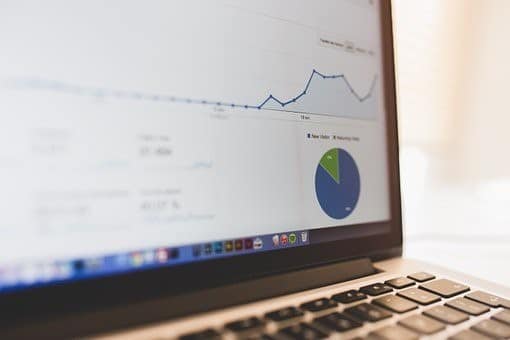Accounts to Corporate Finance: Vicky Harvey’s...
Since partnering with DJH back in December last year, we have been able to create more opportunities for clients, by…Read More

by Fatema Daud, Corporate Finance Executive
Formal business valuations serve many purposes. In the most obvious scenario, a buyer has to be able to make a judgement on what a target business is worth to them, but more generally valuations are also used for tax purposes and for other corporate transactions like Management Buy Outs (MBO) where only an element of ownership is changing hands. This presents certain other valuation challenges; is buying a minority stake in a company worth as much, pro rata, as a majority stake in the same company?

There is no “one-size fits all” approach when it comes to valuing a business. It depends on a number of factors and will ultimately come down to whatever a buyer is willing (and can afford) to pay.
There are a number of methods that are commonly used by stakeholders, advisors and investors to assess value:
The value of a business may be calculated by reference to the level of adjusted maintainable earnings. This figure is calculated (normally pre finance and depreciation costs) by adjusting the reported results for any exceptional or non-recurring items which may distort the true profitability levels. This provides an “Enterprise Value” or “cash free debt free” figure on which to base valuation.
Once an Enterprise Value is derived, an adjustment to this figure is then made for the level of cash and debt in the business to arrive at Shareholder Value (what the shareholders will actually receive).
This approach is often considered most appropriate for valuing mature companies that demonstrate a degree of robustness. This method is less relevant for companies (such as early stage, technology or software-based companies) where value can be better demonstrated in ways other than profitability, and measured by alternative metrics such as levels of contracted/recurring revenue or the intrinsic value of technology.
An asset based valuation involves the assessment of the current market value of a business’ net assets, as stated on the Balance Sheet.

A complicating factor here may be that the book value of the assets (i.e. the value shown on the Balance Sheet) may be materially different to the fair value (the value determined by the market) of those assets. For example, large asset items such as properties are unlikely to be held at their true market value and may also require a specialist valuation. Intangible assets are also hard to value.
Contingent assets and liabilities should also be considered but involve estimates of both likelihood and timing which can present difficulties.
This approach is sometimes considered most appropriate for businesses with high levels of tangible assets.
The DCF method assesses valuation based on projected future operating cash flows, which are then discounted to take into account the time value of money (i.e. adjusted for risk and inflation).
This is a technical method of valuation that relies on a company’s ability to accurately project future cash flows. It also incorporates subjective input data like inflation rates.
This approach may be considered most appropriate for mature companies that have achieved a relatively steady state of earnings.
At DTE Corporate Finance, the team has extensive experience in carrying out business valuations across a range of sectors for a variety of purposes.
Please contact a member of the team on 0161 819 1910 or to discuss your business valuation requirements.
Since partnering with DJH back in December last year, we have been able to create more opportunities for clients, by…Read More
We are pleased to share that our Corporate Finance team have provided buy side advisory services to the Canadian Private…Read More
As confirmed late last year, the government has accepted the Low Pay Commission’s (LPC) recommendations on the raising of both…Read More